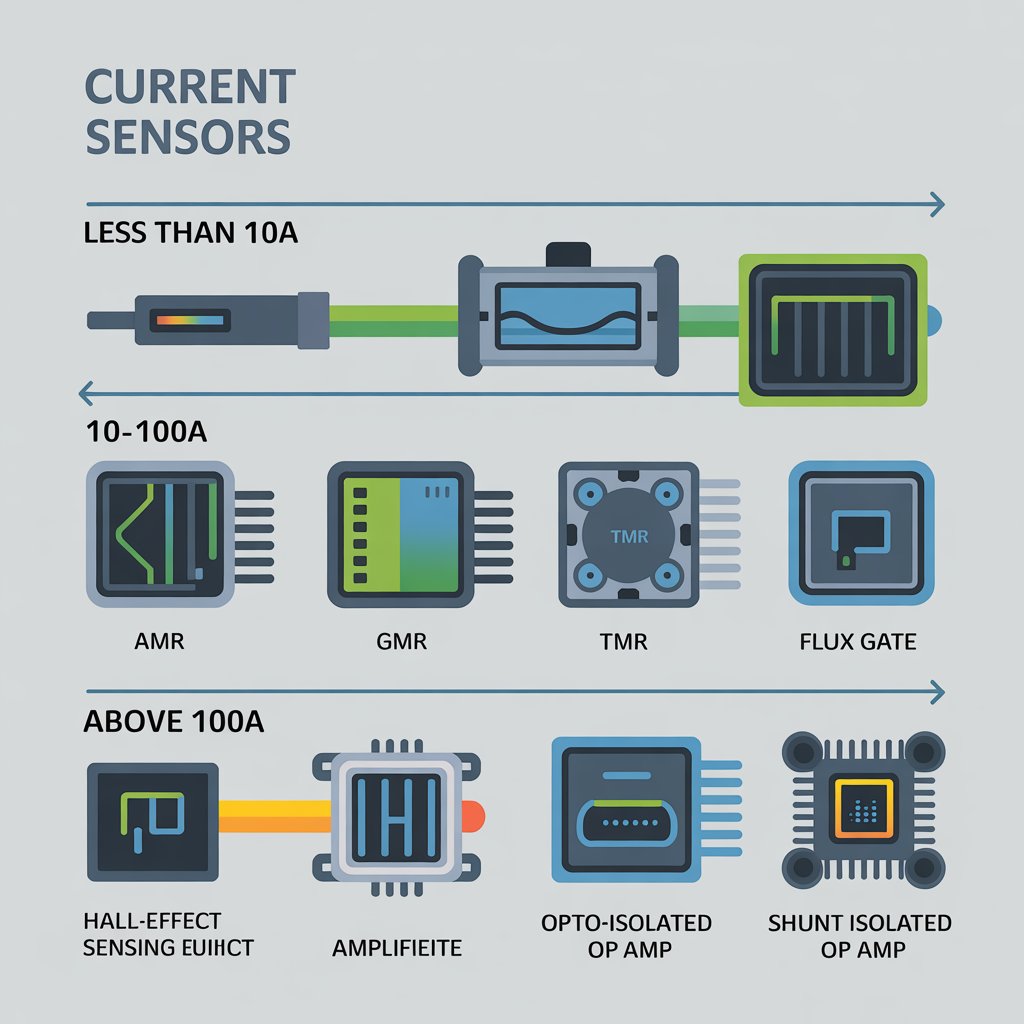The Asia-Pacific region has emerged as the dominant force in the global current sensor market, driven by rapid industrialization, increasing adoption of electric vehicles, and widespread implementation of renewable energy projects. Countries such as China, Japan, South Korea, and India are at the forefront of this growth, investing heavily in advanced manufacturing, smart grid infrastructure, and next-generation automotive technologies. As a result, the region is expected to maintain its leadership position in the current sensor market throughout the forecast period.
One of the key factors propelling the Asia-Pacific current sensor market is the region’s strong manufacturing base. China and Japan, in particular, are global hubs for consumer electronics, automotive, and industrial automation equipment. The rising demand for compact, energy-efficient, and high-performance current sensors in these sectors is fueling market growth. Additionally, government initiatives promoting energy efficiency and carbon neutrality are encouraging industries to adopt monitoring systems that rely on current sensors for improved energy management and safety.
Download PDF Brochure @ https://www.marketsandmarkets.com/pdfdownloadNew.asp?id=26656433

Electric vehicle adoption is another major driver in the region. With China leading the world in EV production and sales, the demand for advanced battery management systems, inverters, and charging infrastructure is surging. Current sensors are critical to the safe and efficient functioning of these systems. Similarly, India is witnessing increased investment in EV infrastructure, supported by government policies and incentives aimed at reducing dependence on fossil fuels. This growing focus on clean transportation across the region is translating into robust demand for current sensing technologies.
The expansion of renewable energy projects in the Asia-Pacific region is also creating lucrative opportunities for the current sensor market. Countries such as China, India, and Australia are significantly ramping up their solar and wind energy capacities. Current sensors play a vital role in these energy systems by monitoring current flow and ensuring the safe operation of inverters and power converters. As the energy landscape shifts towards sustainable sources, the need for reliable current sensing solutions is becoming more pronounced.
In addition to these growth drivers, the rise of smart home technologies and connected devices is bolstering current sensor adoption in consumer electronics. Asia-Pacific’s large and tech-savvy population is contributing to increased sales of smart appliances and IoT-enabled devices, which require efficient power monitoring and management. The region’s semiconductor industry is also making strides in producing miniaturized and cost-effective current sensors tailored for these applications.
However, challenges remain in the form of price sensitivity and technological complexity. While Asia-Pacific benefits from cost-efficient manufacturing, the integration of advanced current sensors into existing systems can be a hurdle for small and medium enterprises. Furthermore, the need for skilled labor and technical expertise to implement and maintain sensor-based systems can impact adoption rates in certain countries.
Despite these challenges, the Asia-Pacific region is set to witness sustained growth in the current sensor market. With its strong industrial base, accelerating EV ecosystem, and increasing emphasis on renewable energy and smart technology, the region presents substantial opportunities for manufacturers and stakeholders. As technology continues to evolve, Asia-Pacific will likely remain a key driver of innovation and demand in the global current sensor industry.